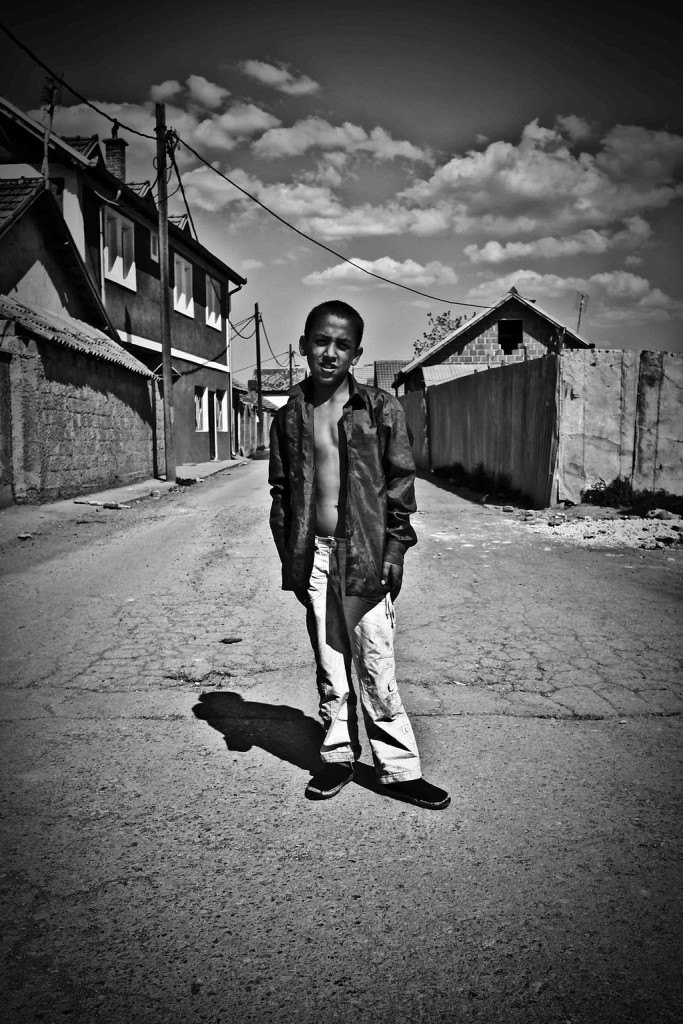Visiting Homebound Elder-Catholics—A Privilege and Sometimes, an Unexpected Challenge
I have been an EMHC (Extraordinary Minister of Holy Communion) for over twenty years. I have had the honor and privilege of bringing Holy Communion to many people in many places: hospitals, nursing homes, hospice centers, assisted living facilities,and, of course, to the homebound. I love being part of this ministry and it has brought me in touch with some amazing people who have lived their Catholic lives quietly, faithfully and without fanfare or notoriety.
Most of those I visit are Elder-Catholics.These are the Catholic faithful who have, throughout their lives, supported their church, been active in various ministries and carried on the faith that was and still is, part of their very being. Some were born into the Faith and it was nurtured in them by their parents and oftentimes by nuns, brothers, priests and Catholic laypersons. They in turn have passed it on to their own children. Some found the faith as adults and converted. (I so admire those people.) And so, as is the way of things, the Church continues.
I would like to share a story about one of these people. His name is John. I have been bringing Holy Communion to John every Sunday for a little more than a year. He is ninety years old, an Army veteran who spent almost thirty years in the Far East and was married for sixty years. His wife, Mary, passed away several years ago. He loved her dearly and misses her greatly. John is not delusional, or suffering from dementia or anything like that. His mind is sharp and clear. Physically, John is deaf (hearing aids help a tiny bit) and wheelchair bound.
When I arrive at his front door, I push the doorbell. I hear a chime; he does not. Inside, several strobe lights begin to flash, notifying him someone is at the door. He is expecting me and the front door is unlocked. I walk in and he gives out a big, “Hey, hey, good morning.”
I more or less holler back, “Hey John, how you doing today?”
He is always wearing a smile. He says, “Well, I’m still here.” We both laugh.
John is facing a dilemma. He picks up the newspaper from a few days before and points to a story. “Have you gotten any feedback on this?” I look at the paper he has opened to an article dealing with the church’s newly revised guidelines on cremation. I shrug and tell him I have not. He says, “I have a problem and maybe you can help me out. I need some guidance.”
I am not “Father Larry” or “Deacon Larry”…I’m just Larry. I immediately feel a bit insecure because I do not like telling folks what they should or should not do when it comes to their personal faith issues. I quietly ask the Holy Spirit to quickly help me out. Then I say, “I’ll try, John. But I may not be able to. I will go to Father Anthony and ask him if necessary.”
Being part of this ministry can have unexpected rewards. God was about to bless me with a glimpse into the hearts of two Catholics, a man and a woman, people of faith who married in the faith and lived it and who shared a love that did not die upon the death of one–rather, it simply continued and still existed. John says to me, “You know, I am upset about this article. It says we Catholics must bury the ashes of loved ones in sacred ground.”
I said, “That isn’t anything new. Some folks are scattering ashes over the Gulf of Mexico or off mountaintops or sharing them among family members. Those kinds of things are not approved of.”
“Look”, he says. “I have Mary’s ashes here with me. I talk to her every day. I’m all alone and I feel she never really left and I get such comfort from that. Do I have to get her over to the cemetery?”
I’m looking at him and tears are filling his eyes. He wants to be a GOOD Catholic man and he loves his wife and wants to be loyal to her. He will give her up if the Church requires it even though the pain he will feel is unimaginable. It did not matter. He would be true to his faith no matter what. I was looking at a man who would have gladly embraced a martyr’s crown if he had been called upon to do so.
I knew that cremated remains are supposed to be kept intact and placed in a proper vessel. Nervously I began to answer but he continued. “I have a spot down at the VA for both of us. I made arrangements with the funeral home and when I pass they are going to take us together down to the VA and bury us next to each other.”
I breathed a sigh of great relief. Casting doubt to the wind, I told him, “John, that is great. She can stay here with you. She is encased in a vessel and is scheduled for burial. You will make the trip to the VA together. Don’t worry about a thing.”
I will never forget the smile that broke out across his face. I’m not sure if I gave him proper “guidance.” No matter; in this case I am sure the Holy Spirit helped me out. I will check with the priest when I see him.
©Copyright Larry Peterson 2016. All Rights Reserved



![By NASA/Ames/JPL-Caltech [Public domain], via Wikimedia Commons](http://blog.catholicwritersguild.com/wp-content/uploads/2016/04/Kepler-452b_and_Earth_Size-1024x576.jpg)
